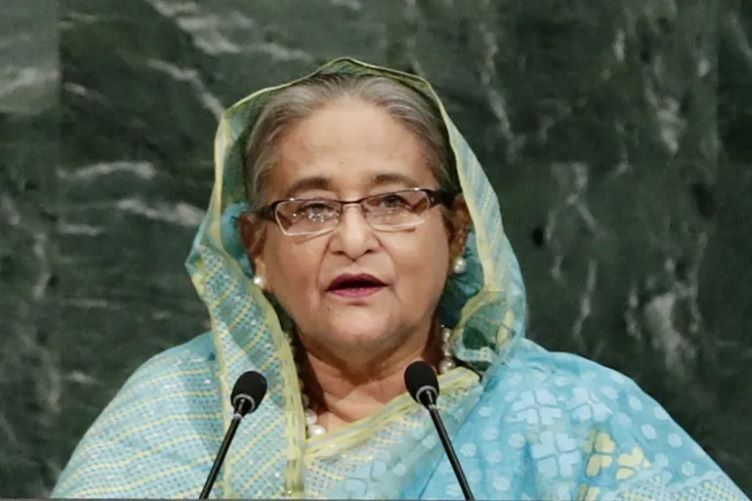Few events in the complex fabric of South Asian politics are as captivating as the current political turmoil in Bangladesh. Sheikh Hasina, the longtime prime minister who has represented both controversy and stability, is at the core of this dramatic change. Her fall represents a turning point in the history of the country and the beginning of an unknown but exciting new era.
This blog article explores the circumstances of Hasina’s unexpected fall from power and its ramifications for the future, going inside the story of Bangladesh’s political earthquake.
The Rise and Reign of Sheikh Hasina:
Following her Awami League party’s victory in the 1996 elections, Sheikh Hasina took office as prime minister of Bangladesh for the first time. Commencing in 2009, her second term of office was distinguished by remarkable expansion of the economy.
Among Hasina’s major accomplishments are being acknowledged for negotiating a peace pact with tribal armed groups in southeast Bangladesh and for achieving a water-sharing arrangement with India.
The political unrest that is rocking Bangladesh is not an abrupt development; rather, it is the result of multiple important circumstances that eventually cause Hasina to fall.
Economic Disparities: According to government figures, the wealthiest 10 percent of Bangladeshis currently own a disproportionate 41 percent of the country’s total revenue, while the poorest 10 percent receive a pitiful 1.31 percent.
Bangladesh, there is an improper allocation of advantages that will cause Hasina to lose everything.
Political Repression: The administration of Hasina is accused of suppressing dissent by arresting people, censoring the media, and launching attacks on opposition groups, among other things. This inflamed her detractors and fostered a culture of fear and contempt.
Corruption Scandals: Accusations of corruption are the one factor that undermine popular confidence in Hasina’s administration. High damaged Hasina’s reputation much more.
Why were students protesting?
The demand to do away with a quota system that reserved up to 30% of government employment for the relatives of veterans who fought in Bangladesh’s 1971 war of independence against Pakistan was at the center of the student protests that started in late June.
The Protests Intensify:
This anti-government demonstration gained momentum, calling for the resignation of the government due to a number of issues, including authoritarianism, corruption, and poor management. Thousands of students took to the streets as the campaign soon gained pace, resisting arrests and crackdowns by the police.
PM Hasina’s Ouster:
Following an unexpected turn of events, PM Hasina abdicated her position. The entire political establishment felt the impact of this shocking incident. Hasina departed the nation and reached India after her resignation. Before and after Sheikh Hasina resigned on Monday, at least 135 people were killed nationwide by police shootings, mob beatings, and arson. The Bangladesh Army declared the establishment of an interim administration to rule the nation after Hasina’s resignation.
What’s Next for Bangladesh?
Many people are wondering if the interim government would be able to meet the demands of the demonstrators in light of the PM’s resignation and the protest. Is there a chance for the nation to attain stability and democratic reform?
Conclusion:
An important chapter in Bangladesh’s history, Sheikh Hasina’s fall signifies the end of a protracted and divisive administration. The lessons learned during this time will influence the direction the country takes as it sets off on a new political path. The people of Bangladesh possess resilience and aspirations that will be essential in guiding this momentous shift toward a more democratic, inclusive, and wealthy future.

















